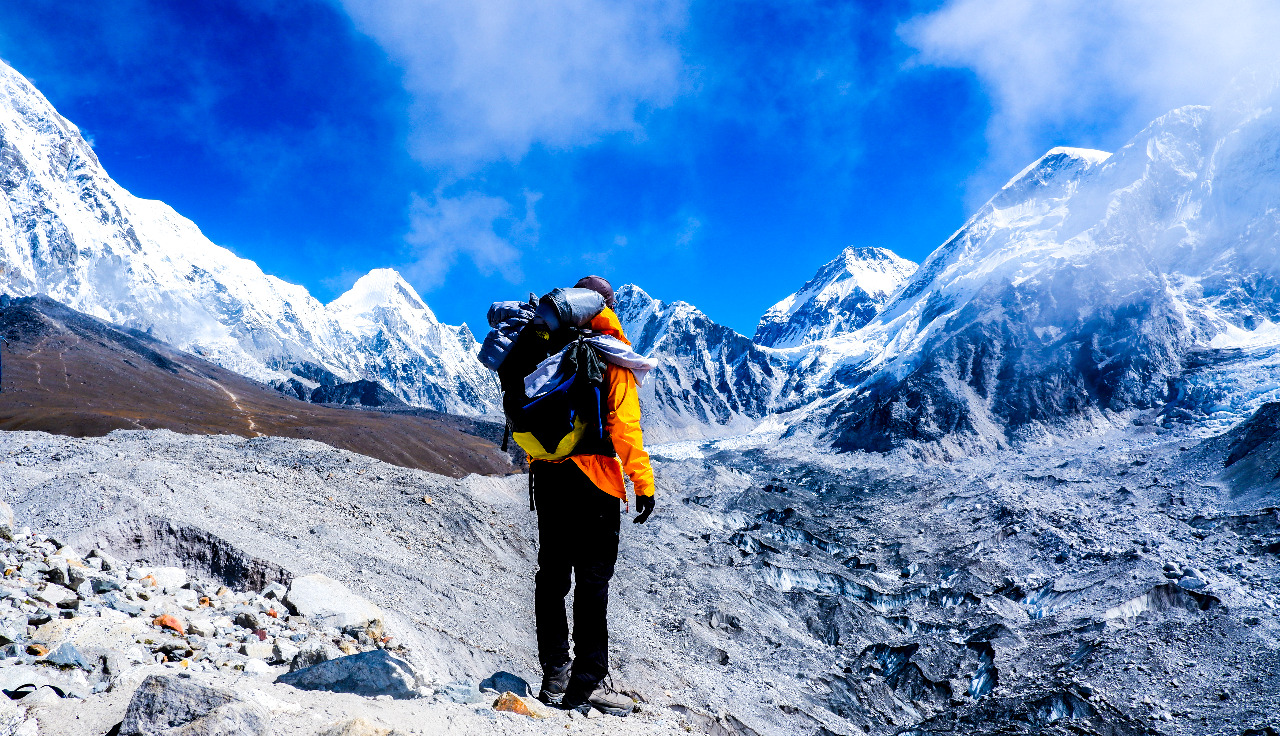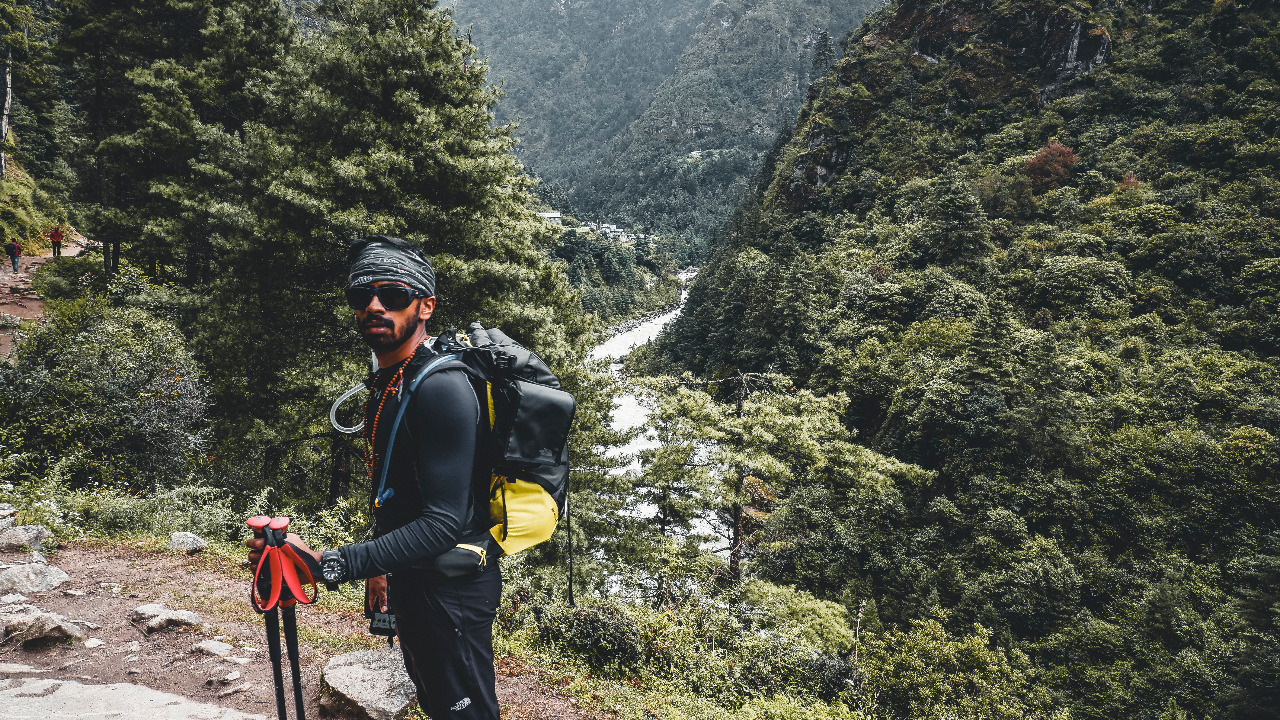
Nestled in the majestic Himalayas, Everest Base Camp stands as the ultimate destination for adventure seekers and nature enthusiasts. Situated at an altitude of 17,600 feet, this iconic location offers breathtaking views of the world’s highest peak, Mount Everest. The journey to this renowned destination often begins with a flight from Kathmandu airport to Lukla airport, followed by a trek to the base camp. Alternatively, travelers can opt for a convenient and scenic Everest helicopter tour, providing an unparalleled perspective of the mountainous terrain. From the luxury of the Everest View Hotel to the thrill of a mountain flight, every moment at the base camp is infused with awe-inspiring experiences.
At an elevation that exceeds five kilometers above sea level, travelers experience firsthand the awe-inspiring grandeur of the Himalayas. The mesmerizing landscapes and the tangible sense of achievement upon reaching the base camp make it a remarkable endeavor. Whether embarking on a heli tour or trekking through the rugged trails, the allure of Mount Everest and the surrounding peaks is an unforgettable experience. Continue reading “Unlocking Beauty of Everest Base Camp: Helicopter Tours”
Tags: Everest base camp heli tour, everest base camp trek, Everest helicopter tour


